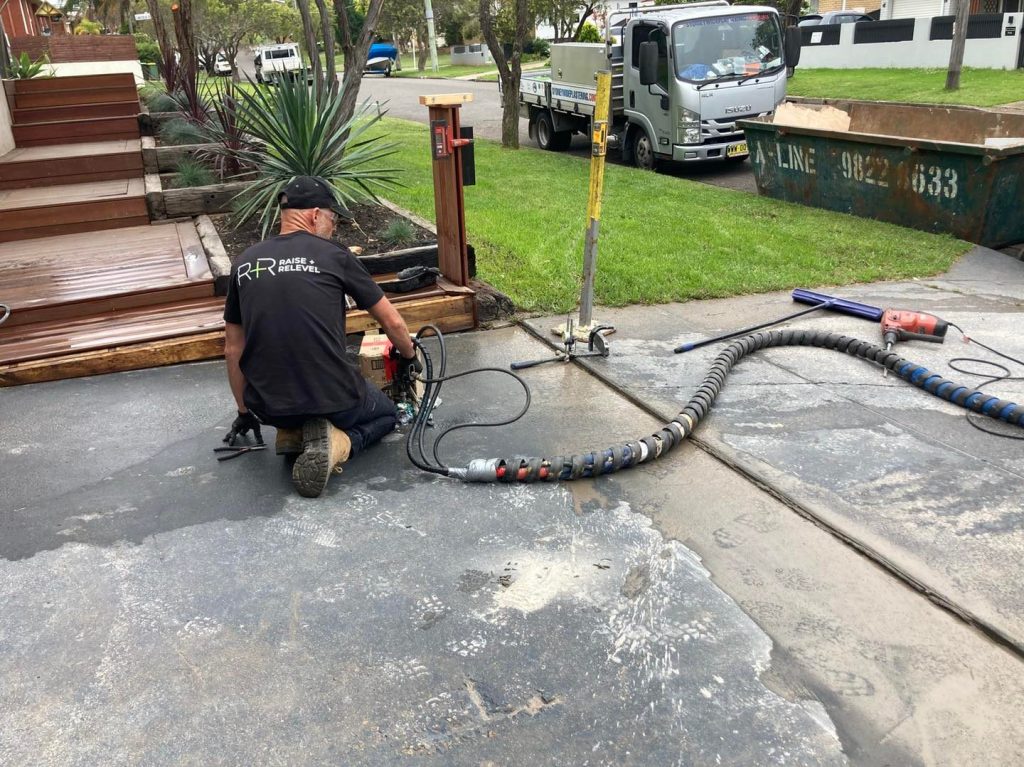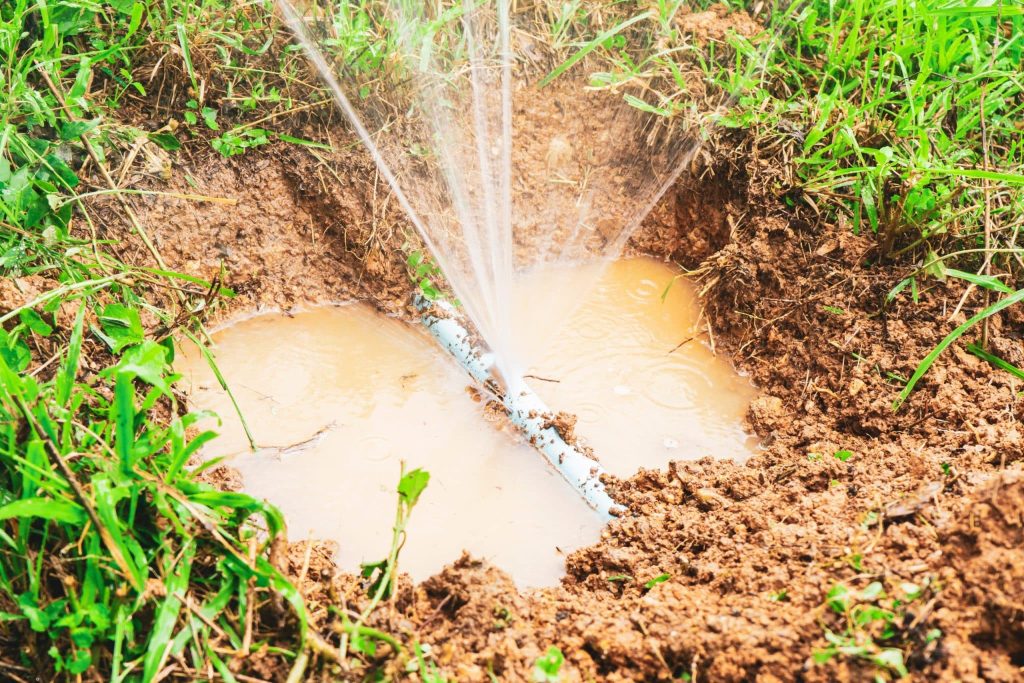As your home or property ages, you might feel that its foundation is not as rock-solid as it used to be. And if a home inspection confirms that the foundation has begun to dilapidate or underperform, it might be time to underpin your home. Usually, experts recommend outdated concrete upgrades to both reinforce and strengthen the existing foundation. Which can often just add a lot of weight to the sinking structure and have no effect on the strength of the ground. While professionals have many reasons to rely on concrete, there are other underpinning options to consider.
The need for underpinning
Several reasons might make the foundation of your property lose its previous stability. Some factors include:
1. Fault in the foundation of your home from the time of construction.
2. Excavations in nearby areas.
3. Soil subsidence
4. Additional weight, such as adding a new extension, for which the foundation is not strong enough.
5. Unforeseen natural disasters, such as heavy rains, earthquakes, sinkholes etc
The most dedicated underpinning specialists will pay particular attention to understanding what might have caused the foundation’s symptoms. This is important to decide on the best line of treatment.
Going conventional with concrete
In Canberra, Sydney, Melbourne and areas where many owners require house underpinning, some still choose concrete over other alternatives. The experts differ in their ways of using concrete. But irrespective of the method, the principle of adopting this procedure is more or less the same. With concrete underpinning, you can enhance the overall mass of the foundation and it will subsequently reinforce the structure. However, this method needs a lot of excavation. Sometimes, you may need to move the foundation, as well. There are two methods to execute this type of underpinning:
1. Mass underpinning:this requires extensive underpinning under as well as around the base that exists. The engineers will pour concrete to enhance the mass of the foundation.
2. Concrete piling: this is more like using “pillars” of concrete. The engineer/underpinners sink them onto the ground and the foundations then get attached to these “pillars ” for additional bearing capacity.
Resin as a choice for underpinning
If you want to go a step ahead with your underpinning ventures, you might want to consider polymer resin injection instead of concrete. Modern engineers also rely on resin injections to strengthen the soil. This procedure requires no excavation and resin can be injected through small tubes driven into the soil. The ground readily absorbs the highly expansive resin that is placed which improves soil binding, compaction and significantly increases the bearing capacity. It also fills any voids and reinforces the ground to strengthen the foundation.
Permeation Grouting
There is another sophisticated method of house underpinning. It might work for you if you live near a sandy area or the beaches. The procedure is called soil permeation grouting. It is similar to resin injections. However, instead of resin, the engineers use specially designed microfine cement. The grout made from this material penetrates is pumped into the soil through injection lances. It helps to bind the loosened-up soil particles.





